Hello, those of you who’ve been getting these newsletters for a few years now probably weren’t surprised to see our regularly scheduled Christmas break stretch into a 4 month hiatus. Still, whilst much of that time has been spent dealing with existential dread, we have also been busy figuring out what the future might look like for Wyrd Science.
So, first things first this will probably be the last full newsletter we send out via Substack. Over a year ago I decided for myriad reasons that it was time to move on but what with life taking precedence I never had the time to act on that. But over the last few months we’ve slowly built a new home that is, if not 100% how I want it yet, still a decent platform to build on.



We’re using Ghost and if you want that to look like anything other than a bland looking blog it is not a super fun experience, but it’s finally close to what we want and as you can see we’ve been busy re-editing and uploading a large chunk of the more than 150 features, interviews and reviews we’ve published over the past few years.
It should be ready to launch in the next couple of weeks but the new website isn’t intended to just be a dusty vault and will also be home to completely new online-first work and host our newsletter(s). Similar to Rascal, the articles on the new site will sit behind various subscription tiers. These will range from a completely free tier that gets you our regular newsletter and a select number of features each month, through to paid tiers that will provide access to all the new features, our substantial archive and the occasional special bonus.
If you are a subscriber to this newsletter we will automatically port your details over to the new site and set you up with an account on the free tier. So all you need to do is sit back, relax and wait for your much loved gazetteer to start arriving from our much fancier new wyrd.science domain.
But what about the actual print magazine I hear you cry. Well, there will be more about that in the next newsletter but for now we can say that against our accountant’s better judgement we have been working on another issue, most of the features are now in and being edited, we’ve commissioned some incredible art and it’s looking great.
More on that soon, but in the meantime if you want to get up to speed you can currently buy all 6 issues of Wyrd Science as PDFs for around just £6 from DriveThruRPG and Itch, or if you -sensibly- prefer to read them in print as god intended you can head to our new shop and use the code WYRDWELCOME to get 25% off all magazines and t-shirts. It all helps keep the flickering lights on.
Right, that’s more than enough solipsism for one day, so let’s leave Substack with a bang and see what’s been going on elsewhere in the world that we think your life will be significantly improved by knowing about.
See you on the other side…
John x
COLD CITY / HOT WAR
Originally released in 2006 and 2008 respectively, Malcom Craig’s Cold City and Hot War are two separate yet thematically and mechanically linked RPGs that thrust players into a terrifying, alternative post WWII Europe, one where unleashed wunderwaffen have not just rent bodies limb from limb on the battlefield but fractured reality too.
17 years later and Craig, now a senior lecturer in Cold War history at Liverpool John Moore's University, has returned to both titles, fully updating them to take advantage of more than a decade’s advances in game design and put to use of some of the work that went into getting that fancy new job title.
A game of “hidden agendas, trust and monster hunting” Cold City is set in a divided post-war Berlin of 1950. Whilst the war may be over, the world is now teetering on the precipice of an even darker future as the Cold War, now with bonus occult horrors, builds steam.
Whilst there’s been plenty of Wyrd War games that have held a black mirror up to the worst human atrocities of the twentieth century, the Cold War has, despite its huge potential as a setting, rarely been tackled head on in recent years.
Perhaps for those of us who grew up in the bomb’s shadow it’s just too big a subject but if you’ve always wondered how John le Carré’s gloomy, ill fated spies would have dealt with eldritch horrors as well as the machinations of the KGB, or thought Harry Lime being eaten by a shoggoth in the sewers would have been a preferable ending to The Third Man then this could be just the game for you.
Anyway, it’s fair to say that in Craig’s somewhat bleak vision of the 20th century, the breakdown of reality did little to improve Cold War relations and the second game here, Hot City, fast-forwards the action to 1963 and a London that’s not so much swinging as clinging onto survival by its irradiated fingertips.
Thanks to the Cold War turning decidedly Hot, the British capital is now an irradiated hellhole that has been scoured by nuclear weapons and worse. With society broken down it’s up to the players to survive and rebuild what they can, facing up to the myriad punishing challenges, both moral, physical and supernatural, that that entails.
Here, once again, trust is key and the game revolves around your relationships with your fellow survivors, both friends and enemies, whose own goals may or may not align with your own as what is left of British society continues its descent into the abyss.
Whilst that does have the potential to be fairly bleak the addition of occult terrors and the alt-historical setting puts the game at an arm’s length, or more, from our own blighted reality and so makes for a much more enjoyable evening’s entertainment than say the recently re-released Twilight 2000, whose grim survival slog in a post apocalyptic Europe has felt just a little to on the nose of late to enjoy.
Critically acclaimed upon their original release these new editions have been produced by Handiwork games and as we’ve come to expect from them are full of gorgeously morbid art (here by Paul Bourne), a wealth of facsimile documents, maps and more to bring these desperate settings to life. With just four days on the campaign left at the time of writing, check it out now!
Full disclosure, we mentioned there’s a new issue of Wyrd Science on its way and sitting right at the centre of that is a brilliant feature by Craig drawing upon both his scholarly and game design work to look at how roleplaying games dealt with the Cold War at the time.
Spell Bound
Well, that was cheery wasn’t it. Right, let’s cleanse our palates with something that offers up a slightly less apocalyptic vision of a 1960s immersed in weird and the occult.
Spell Bound then is a new hardback book from museum curator and publisher Thomas Negovan which looks at how in the middle of the twentieth century witchcraft and the occult exploded out of the subcultural milieu and onto supermarket shelves in the shape of sensational mass market paperbacks with luridly appealing titles as The Mark of Satan and Daughter of Darkness.
At one point, at least according to the British press, it seemed like there was a coven getting up to all sorts behind the lace curtains of every suburban home and book publishers capitalised on our buttoned up nation’s prurience by publishing a satanic slew of books, from occult horror stories to supposedly true life accounts of the diabolical debaucheries taking place in living rooms up and down the land.
The hippy dream and age of Aquarius may have died but Witchsploitation was big business and Spell Bound takes us on a guided tour of the most scandalous, sleazy books, and their incredible covers, that the likes of my dear old nan just could not seem to get enough of. Truly weird and wonderful stuff and excuse me but now i’m going to have to go watch The Power of the Witch again.
The Power Fantasy - Vol.1 Superpowers
If you’ve spent more then ten minutes thinking about comic book superheroes you’ve probably realised that having a load of what are effectively nuclear bombs with, more often than not, daddy issues wandering around the planet would be an absolutely terrible thing to live with.
As much as the likes of the X-men have provided us with powerful allegories for the oppression of minority groups down the years, the horrific reality of what sharing a planet with caped crusaders would actually be like is a well that comic book writers have returned to time and time again, often producing some of the best work of their careers.
The latest book to tackle that subject head on is The Power Fantasy from Kieron Gillen and Caspar Wijngaard, which sees the course of the twentieth century upended by the arrival of its first ‘atomics’, people with unnatural abilities that range from party tricks to, our main focus here, the six gifted with planet destroying powers.
Collecting the series first six issues, Superpowers drifts back and forward through time from the end of the second world war, when the nuclear bomb test at Los Alamos heralds the arrival of the angelic Valentina, through to 1999, the story’s present day where the tensions between the increasingly distant ‘nuclear family’ and mundane humanity’s fear driven response is once again pushing the world towards annihilation.
Still, despite the occasional bloody incident and the main characters’ collective ability to wreck havoc on a global scale most of the sparring that takes place is verbal as the likes of omnipathic Etienne, louche stoner Heavy and anarchist turned reactionary Magus warily dance around one another’s attitudes towards power, responsibility, ethics and morality.
It’s exactly the kind of thing that Gillen does well and, as you’d expect, there are wheels within wheels here that soon start to make themselves known as elements of a more mystical nature elbow their way into the narrative and we learn more about the tumultuous impact these people have had on the world over the decades.
At this point we have to salute Caspar Wijngaard here whose angular, expressive lines are rendered in a soft, pastel palette and with a looseness that brings to life what, for the most part, is less two fisted action and more people talking at each other.
Wijngaard’s character designs really give us an immediate sense of who they are without the need for flashy superhero costumes to do the heavy lifting (in fact special mention here for Etienne’s fits, total #FashionGoals). It’s clean, solid comic work that makes the occasional dramatic splash (Europe we’re looking at you, or rather not) all the more powerful.
Anyway despite the, at least seeming, presence of representatives of both heaven and hell here by the end of this first volume we’re still unsure exactly who, if anyone, we’ll be cheering for by the end and what we’ll be cheering them doing but having devoured this first volume I can’t wait to find out.
Finally a collection of things, both interesting and inspiring, gaming related and not, found down the back of the internet’s sofa…
We love a good stamp here and The Royal Mail are back with another banger set, this time featuring a lovely set of illustrations by Adam Simpson celebrating mythical creatures of the British Isles. Love these. [Royal Mail]
Amabel Holland’s latest video essay looks ‘mechanisms as metaphors’ and how look at how “board games make persuasive arguments, how they might move us emotionally, and how the ways we talk about the form might hinder its development.” Very good stuff. [YouTube]
The hits keep on coming! WotC lay off most the staff working on their much trailed virtual tabletop for Dungeons & Dragons. [ENworld]
Idle Cartulary asks, and then answers, how roleplaying games can actually help you roleplay. [Playful Void]
The universe is weirder than we thought and we already thought it was pretty weird. [The Guardian]
British comic creator RE Burke is back in the UK after having incurred the wrath of US border thugs. A situation anyone planning on attending cons in America should keep in mind going forward. [Down The Tubes]
More Gillen as this week he put his brain to work tackling the biggest threat any dungeon crawler can ever face, scheduling. [Polygon]
Our favourite podcast The Grognard Files are back with another excellent episode, this time featuring Stu Horvath and looking at RPG magic systems. [The Grognard Files]
Incredibly shitty behaviour from crowdfunding book publishers Unbound. [The Guardian]
Experimental 60s/70s science fiction films from East Germany? Check out the trailer, this looks incredible, plus some great cover art from Carly-AF! [Eureka]
Fans of Britain’s recent past and its bizarre and terrifying popular culture could always do a lot worse than dive into one of the excellent Scarred For Life books, which until midnight tonight you can get 10% off of with the code LUCKY10 [Scarred For Life]
That we as humans owe our intelligence to our distant ancestors getting bonged out of their gourds is not a new theory, but it is one i’m always happy to return to. [Popular Mechanics]





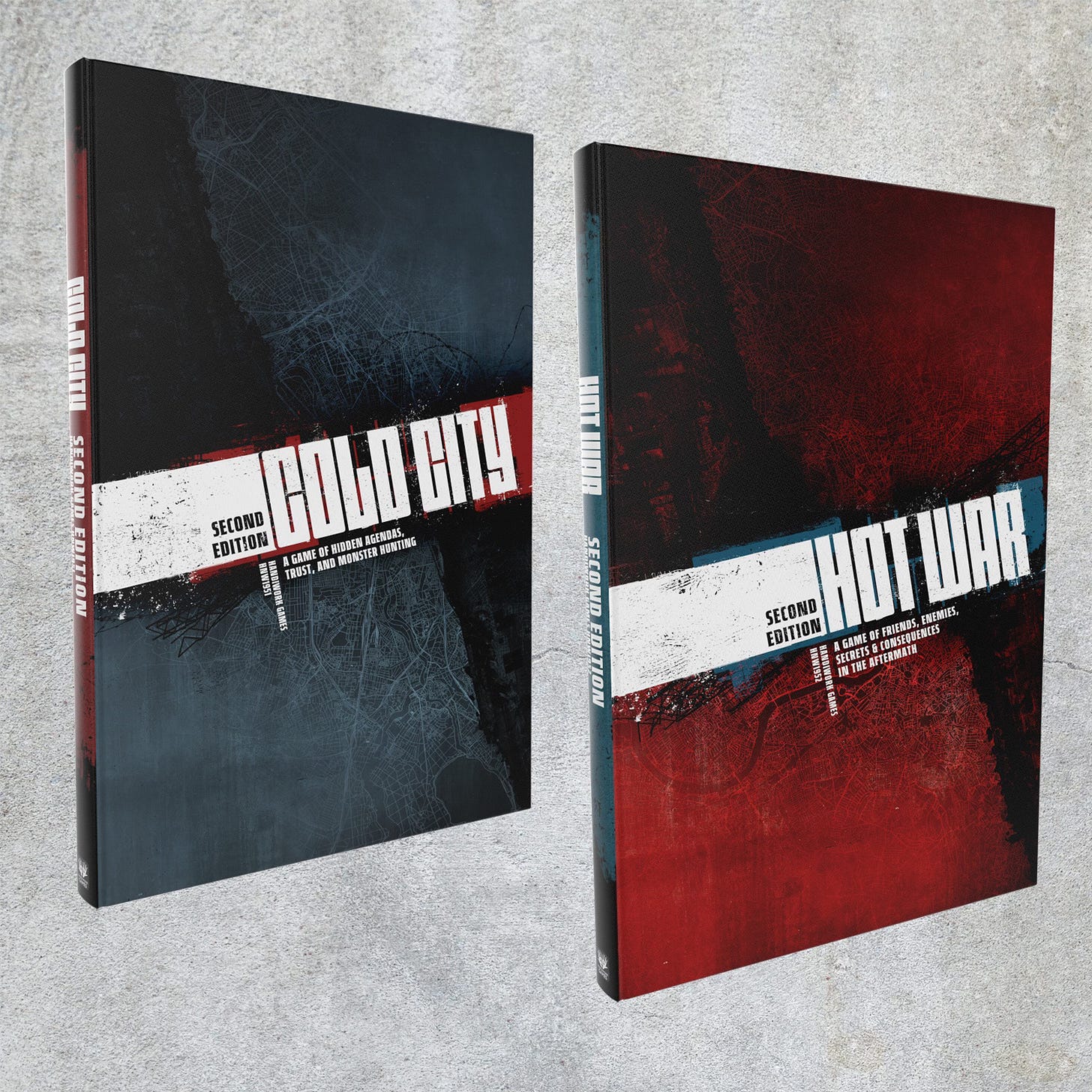
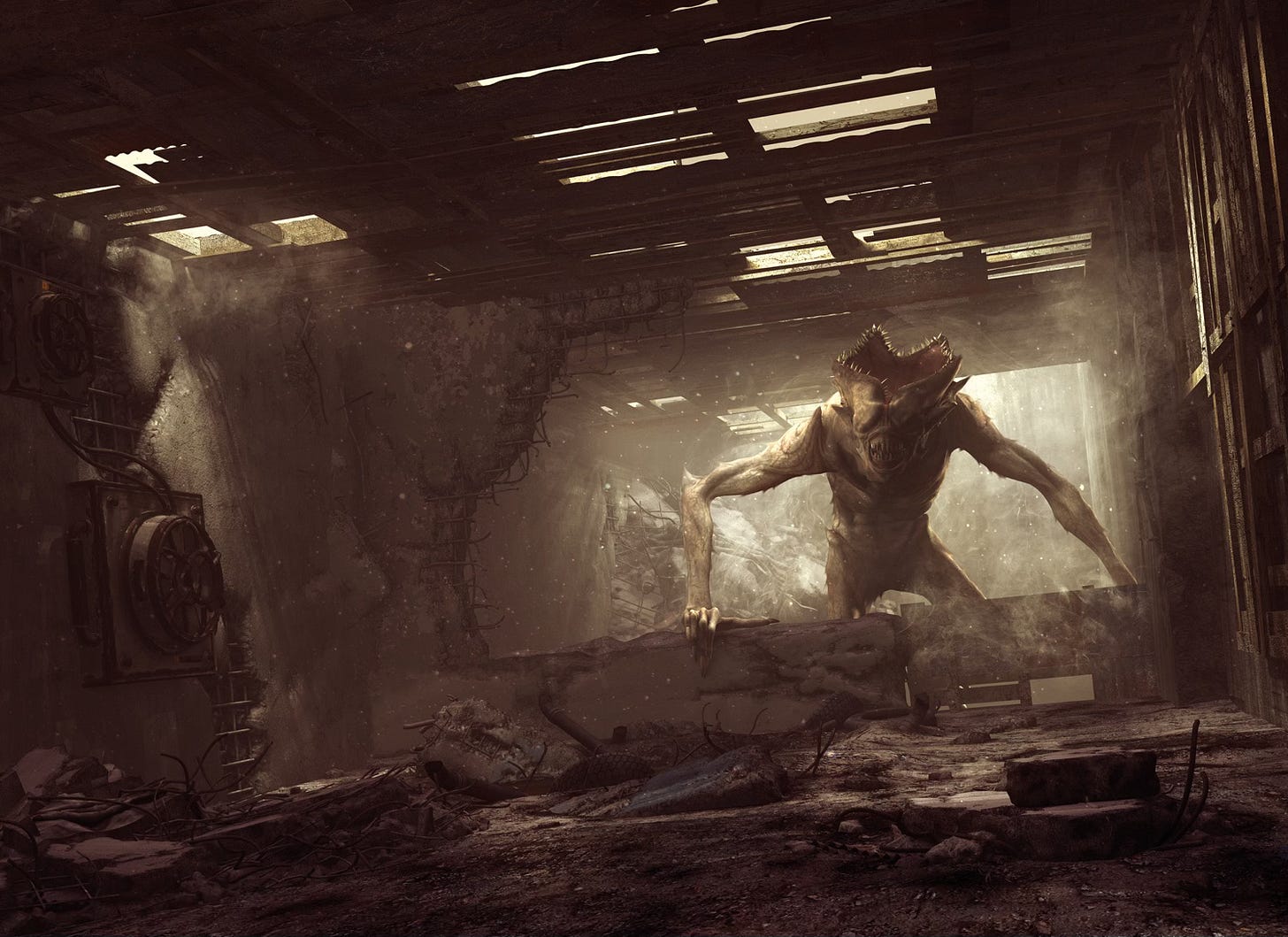
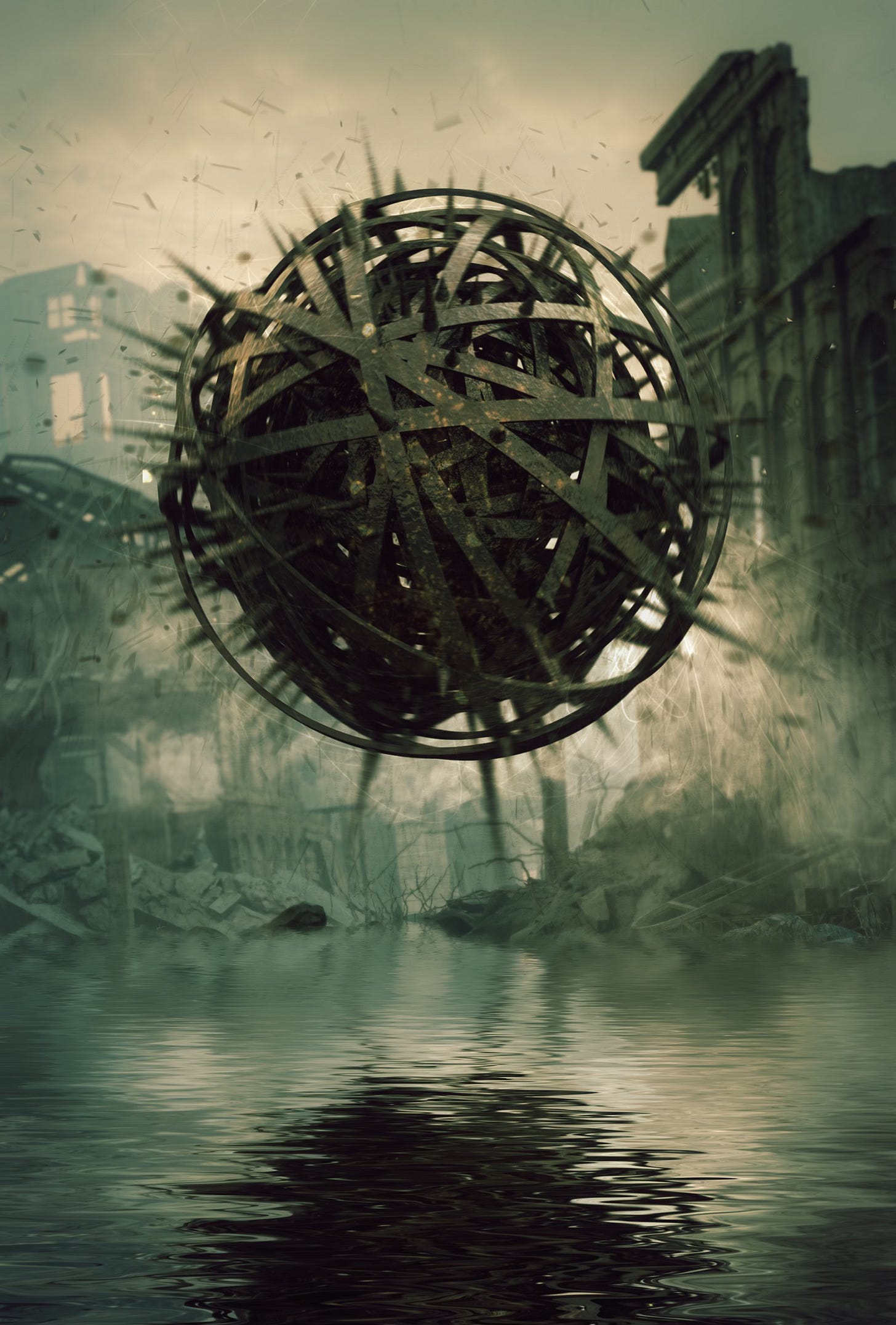
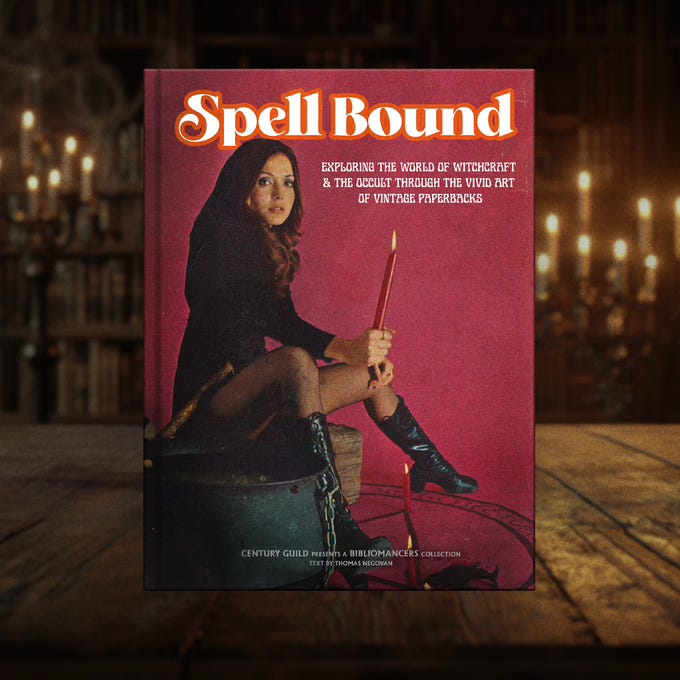




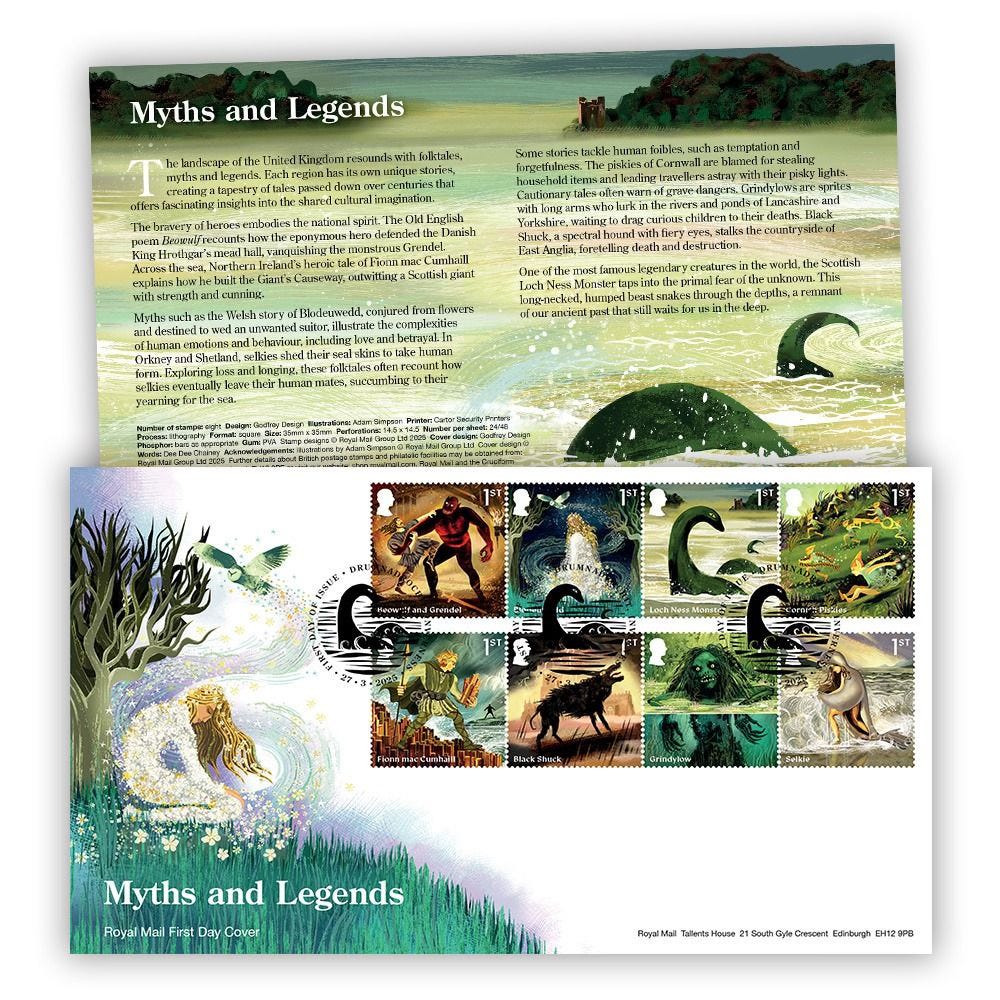
Not interested in the new format. Not interested in maintaining another login account. Please do not add an account for me.